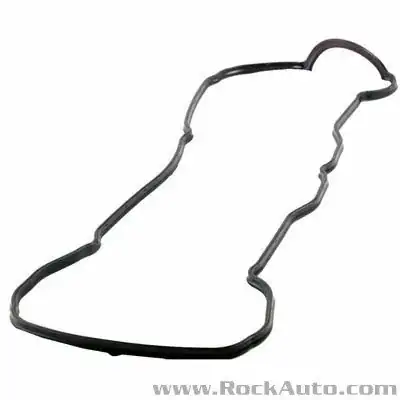I did search for this, and there are some oblique references to the sealant, but the full answer has come up that I can find.
The car is a 1998 Toyota Camry-XLE, 6 cylinder (1MZ-FE) engine with about 178,000 miles. The valve cover gaskets are leaking enough that it's time to replace them. The gaskets are molded rubber that sit in a channel in the head and the valve cover. There are lots of twists and turns in this cover though. I have read online everything from you should always use a sealant, to you should never use sealant, and pretty much everything in between. But what 99% of these never include is the reasons why.
So, should I use a sealant for this gasket change? If so:
- What sealant is correct so as not to eat the rubber?
- Where on the gasket should the sealant be applied, only at corners, or over the full length of the gasket?
- How much sealant should be used?
- What about the spark plug tubes, should they have a sealant around the rubber rings? Same sealant?
- What temperature range is the best for the cover gasket sealant in this application?
- Given the channel (not a flat surface) what the best way to clean out the old sealant without scratching or marring the cover or the head?
Thanks in advance for any help with this!
